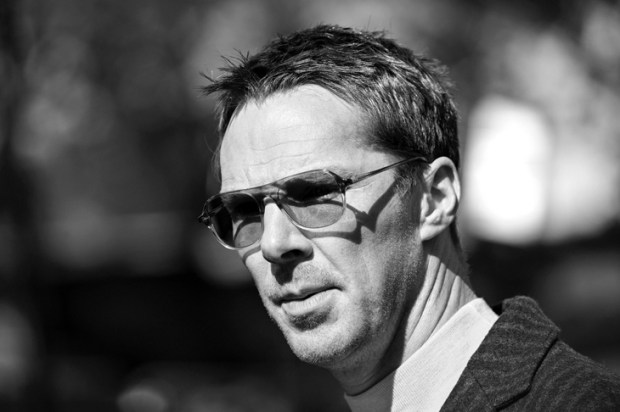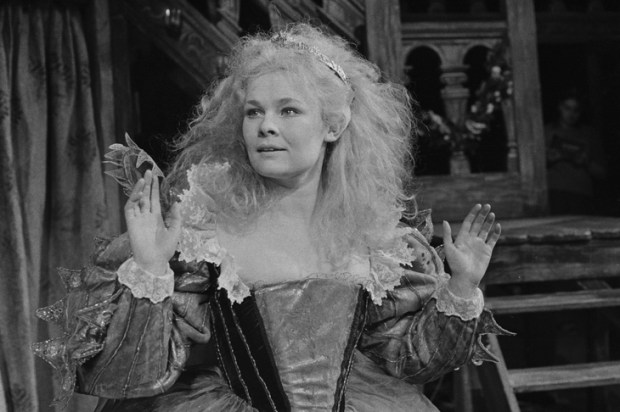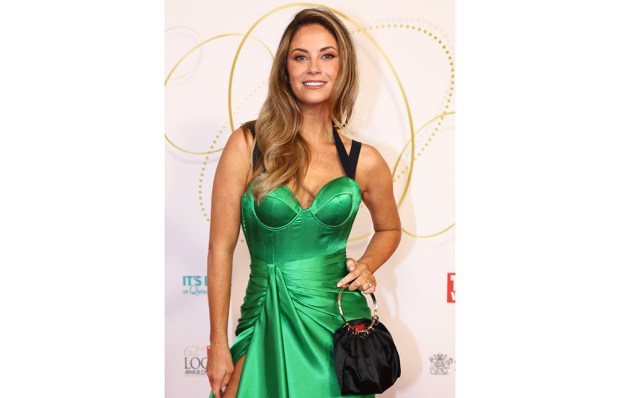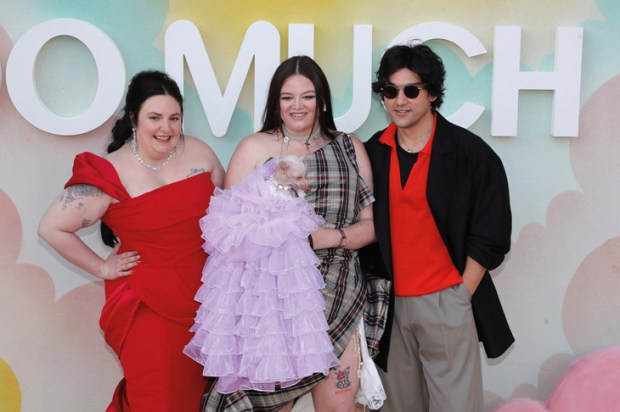Isn’t it strange that the new television, the television of the streamers which has dominated our world since Covid, has reconfigured the very idea of drama so that the series is all? In fact, the whole domain shows the influence of the BBC serial which Colin Callender brought with him when he went to HBO. And how counterintuitive the upshot can be.
Just at the moment you’re likely to be drawn to a couple of shows. First, there is Ripley, an elaborate and artistically ambitious dramatisation of the first of Patricia Highsmith’s novels about her supreme anti-hero. There are a swag of Ripley films apart from Anthony Minghella’s rather pretty one with Matt Damon. You can range back to the staggeringly good looking Alain Delon in Purple Noon who had the relatively rare quality among beautiful men of being able to act. Watch him in Melville’s Le Cercle Rouge or Visconti’s Rocco and His Brothers. Or you can range forward to 2002 when the great John Malkovich makes his entrance as Ripley in Ripley’s Game with that fine actor Dougray Scott. With his soft sinister brilliance Malkovich was born to play Ripley though you could argue that the essence of the obsessive murderous side of Highsmith’s vision is given its finest expression by Hitchcock in Strangers on a Train. Still, if we’re covering the field there has to be a place for Joanna Murray-Smith’s play Switzerland in which the creator of Ripley seems to look into the mouth of her monster.
What’s certainly true after a long look is that the new Ripley – shot in elegant black and white – is not likely to rivet anyone so that you wonder how many people stayed the distance. The great psychopath is played by Andrew Scott who recently did a one man version of Chekhov’s Uncle Vanya.
The whole thing is so studied, so tasteful, so graceful in its muted power of insinuation. You might have a much better time with After the Party in which Robyn Malcolm plays a middle-aged Kiwi schoolteacher who holds forth to 14-year-olds about how porn can stuff them up.
After the Party is evidence of the way New Zealanders have always punched above their weight in an Australasian cultural context. It’s cheering to see Nicole Kidman get a lifetime achievement award at the unusually young age of 58 but admirers of her Isabel Archer in the sweepingly ambitious film of Henry James’ Portrait of a Lady know that one of the great figures in our culture is its director, that brilliant cultural Anzac Jane Campion. And they’re all around us from Sam Neill to Russell Crowe. They nearly joined us officially at the time of Federation and New Zealand is the only country on earth that we think of as not quite separate from our own. The Power of the Dog is Campion’s last film and a commanding one. Some people think After the Party is superior to Campion’s Top of the Lake, the first (2013) series of which is one of the greatest depictions of crime ever made.
It’s an odd business the shadow of the taint of crime when it is at least partly lost and shrouded in the dark and crooked byways of the past. Think of Caravaggio, one of the greatest painters who ever lived, and a recurrent reference in Ripley. He died in 1610 and there are people who think his name should live only in obloquy. Why? Robert Hughes said once that Caravaggio’s models were rough trade with hair like black ice cream. Well, no one has a right to be moralistic about the overpowering atmospheric of sexual attraction reflected and transfigured in the painting but they are appalled by the fact that he seems to have killed a man in a duel and may – no one knows – have mutilated the body. A knife flick to the crotch seems to have severed an artery and his opponent bled to death.
It’s not a pretty story either in terms of what Michelangelo Merisi da Caravaggio is accused of or in terms of what he suffered but how can we judge a life about which we know so little across a great gulf of time? Peter Robb wrote an extraordinary work about Caravaggio, M, back in 1998. Robb places Caravaggio in the context of the sheer barbarism of what passed for civilisation in Counter-Reformation Italy (or, indeed, Reformation England). The burning at the stake of the philosopher Bruno Bruno in papal Rome in 1600, the ghastly whipping of female prostitutes, the Holy See’s only industry, and the not unrelated trade in boys. Robb openly admits the atmospheric of eroticism with the boys but also the way the great paintings transcend this. But he captures the horror and cruelty of a world bent on orthodoxies and the very great paintings that transfigure the elements of which they are made.
What we do know is that Caravaggio was the supreme master of chiaroscuro, that technique of light against darkness which was breathtakingly dramatic and which re-invented the idiom of the Italian Renaissance while also casting its spell on everyone from Rubens and Velázquez to Rembrandt. He literally transformed what was possible in painting.
It’s all a bit like Christopher Marlowe who may have been a spy and died in a tavern brawl. Marlowe said, ‘All they that love not tobacco and boys are fools’, a statement appalling enough to his contemporaries. He was, of course, a great dramatist: there’s the thrill of the language when Tamburlaine says he’ll ride in triumph to Persepolis though Edward II with its gay king (memorably played by Ian McKellen) probably has most of Marlowe in it. And then there’s the brilliant ironically homoerotic aspect of Hero and Leander and then the awakening of a young girl. But Marlowe, like Caravaggio, lived in a time that was dangerous and dark with treachery. We should not mock the ghosts of these great artists with our moralism and our inability to cotton on to the cloak and dagger quality, the sadism and sordidity of the history they reflect.
But who would not kill to see The Last Caravaggio show that opened in London on 18 April and runs until 21 July. The light, the dark, the young David holding the severed head of his enemy and his creator.
Got something to add? Join the discussion and comment below.
You might disagree with half of it, but you’ll enjoy reading all of it. Try your first month for free, then just $2 a week for the remainder of your first year.













